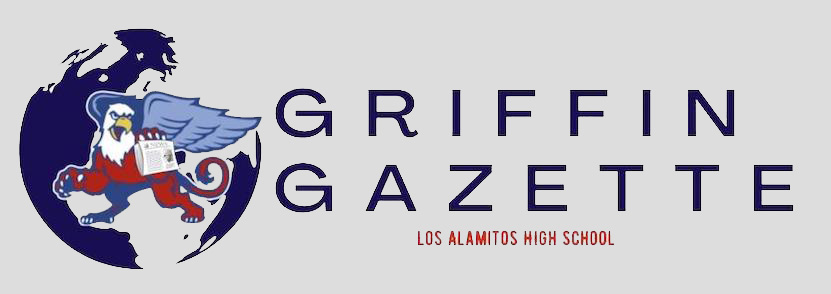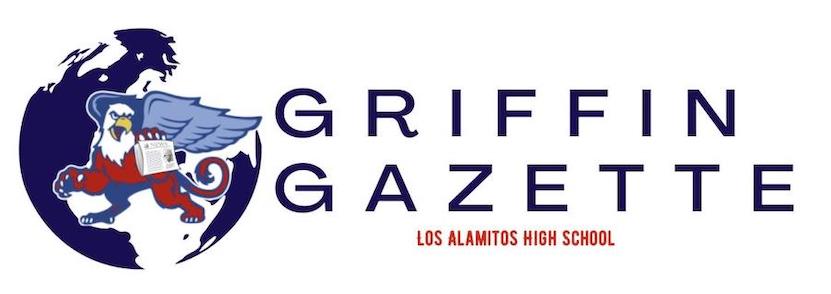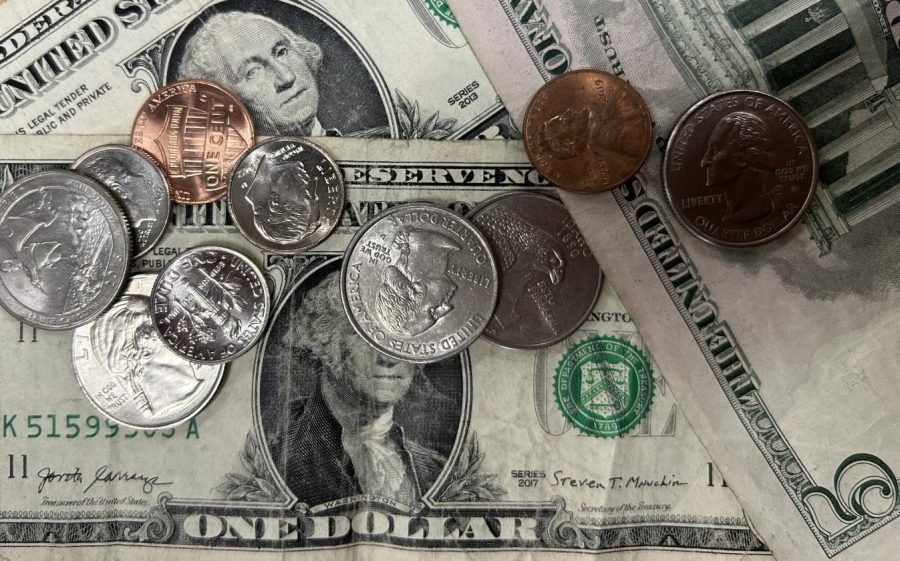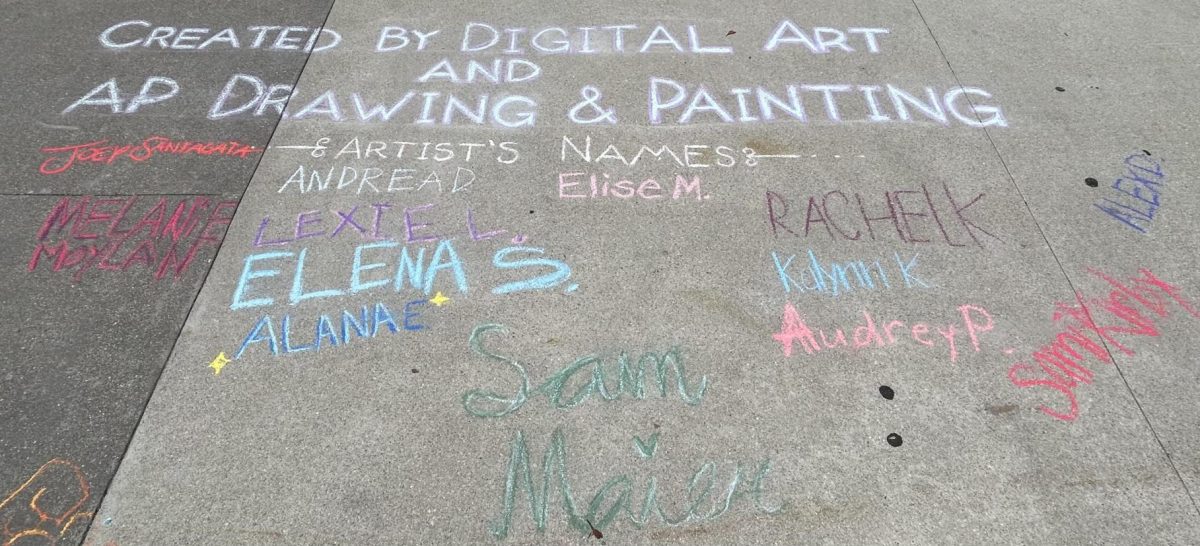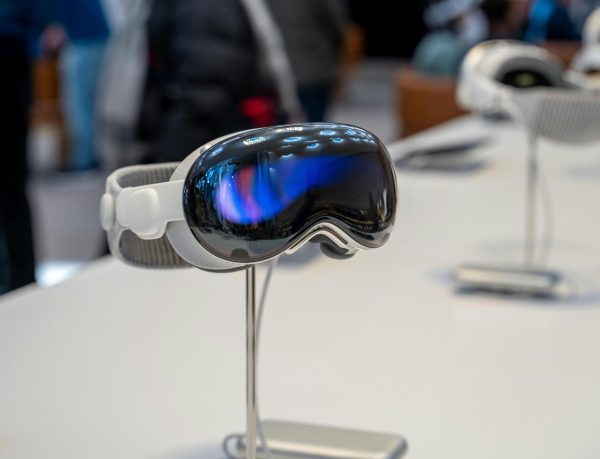The tipping point for customers: When will it be enough?
The gratuity phenomenon in the U.S.
The tipping phenomenon that has taken the country by storm.
April 6, 2023
LOS ALAMITOS, CA – It’s not often you walk out of an establishment without tipping. On top of the price you pay for the goods and services, there is the expectation of a 10 to 20 percent tip on the screen turned towards you. There has been an increasing assumption that consumers will tip, even if they’re not receiving a direct service. Whether you’re grabbing your morning coffee from Starbucks or picking up a take out order, the daunting question of what percentage you’re going to tip follows you.
Tipping has always been a common cultural phenomenon in America since the custom was adopted from Tudor England. The master-serf relationship introduced the act of paying servants extra gratuity for a job well done. It was incorporated into American mannerisms as a means for a sense of superiority among aristocrats.
Ironically, tipping in European countries has now diminished. People will now find that countries within the European Union have laws in place that accommodate gratuity. Rather than a tip, there is a service charge added onto the bill, therefore eliminating the stress that comes with the expectation of paying a gratuity.
There is also a stark contrast between the wages of service providers in America compared to other countries. For example, being a waiter in the U.S., you are mostly reliant on tips to earn a more livable wage. However, waiters in the European Union are protected and can rely on the laws in place for an adequate income.
The American reliance on tipping culture has become more discouraging for consumers in recent years. This in-your-face phenomenon has caused customers to resent certain establishments because it appears as a necessity to tip now. After purchasing a good, many people are faced with a screen asking what percent they would like to tip. This includes establishments where you may purchase something small and inexpensive like boba shops.
This often creates an awkward situation for the server and customer. Consumers are left with a sense of guilt if they don’t tip or feel pressured to tip. For servers, if customers don’t tip, they may feel that their service wasn’t good enough. Collectively, recent tipping culture has proved to be cumbersome and somewhat embarrassing.
“If the waiter was consistent with their work, coming to check on you, refill your drinks, and clean the table, I agree with tipping due to their consistency,” said senior Rommel Salazar. “However, if all they did was microwave something and turn a tablet towards me, I would not tip them.”
“It depends, I pay when it’s takeout or something, like at a window or cashier, but I usually tip 15%,” said sophomore Bella Kim.
“I would probably say about like 80% of customers will leave a tip,” said Sierra, a manager at Bonjour Bagel, when asked about tipping at their shop. “I think it’s just convenient when people can just tip on their part with the tablet if they don’t have cash on them.”
Ideally, tipping in America wouldn’t be a necessity for customer services to have a more adequate income. It has proven to garner mixed feelings among servers and customers. It is evident, from both a consumer and a server point of view, that there needs to be a reform in regards to the tipping system in the U.S..
